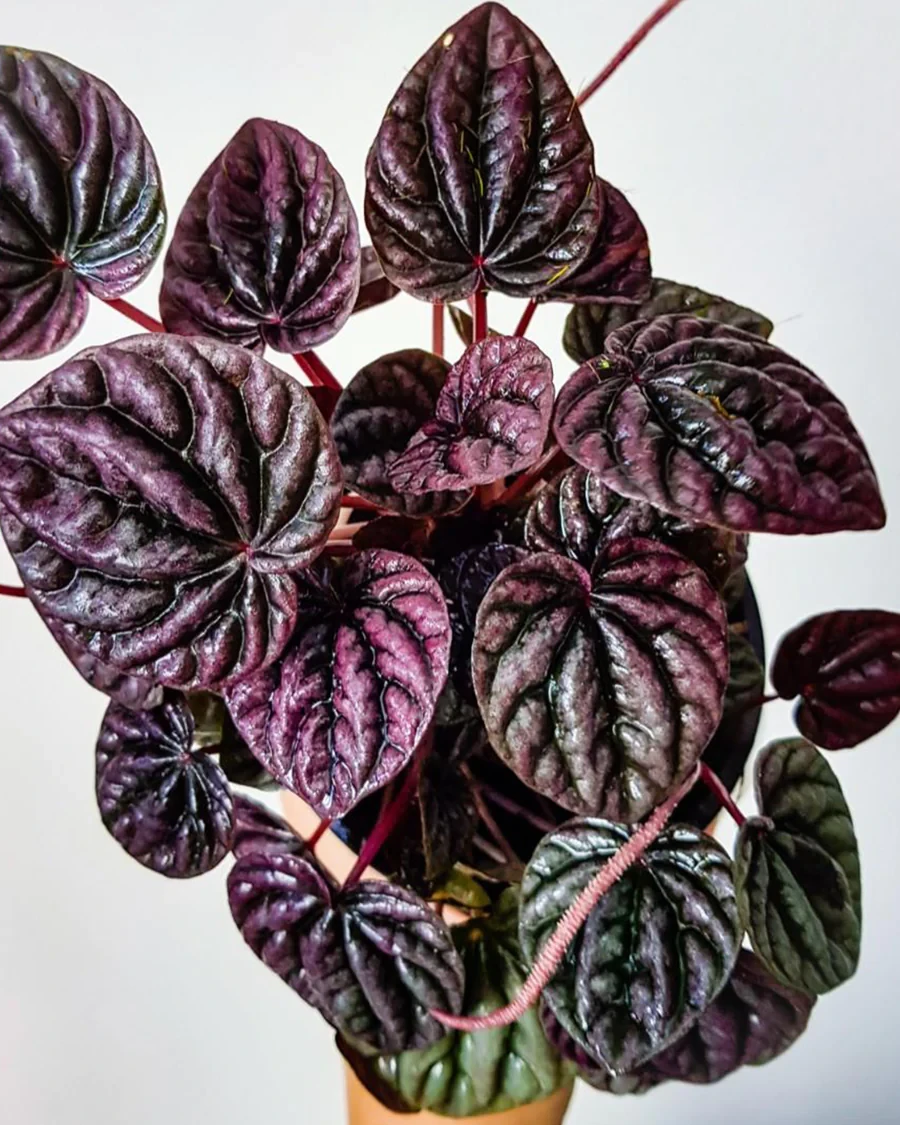
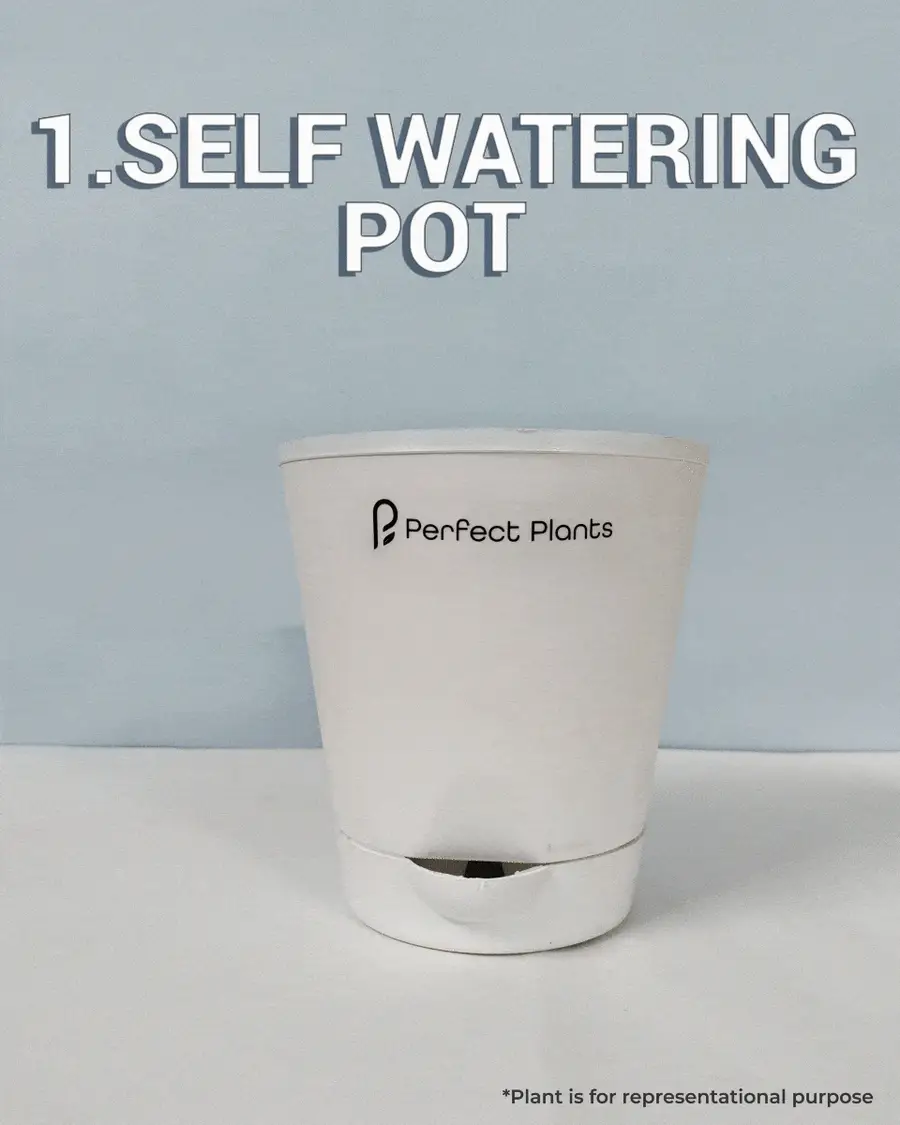
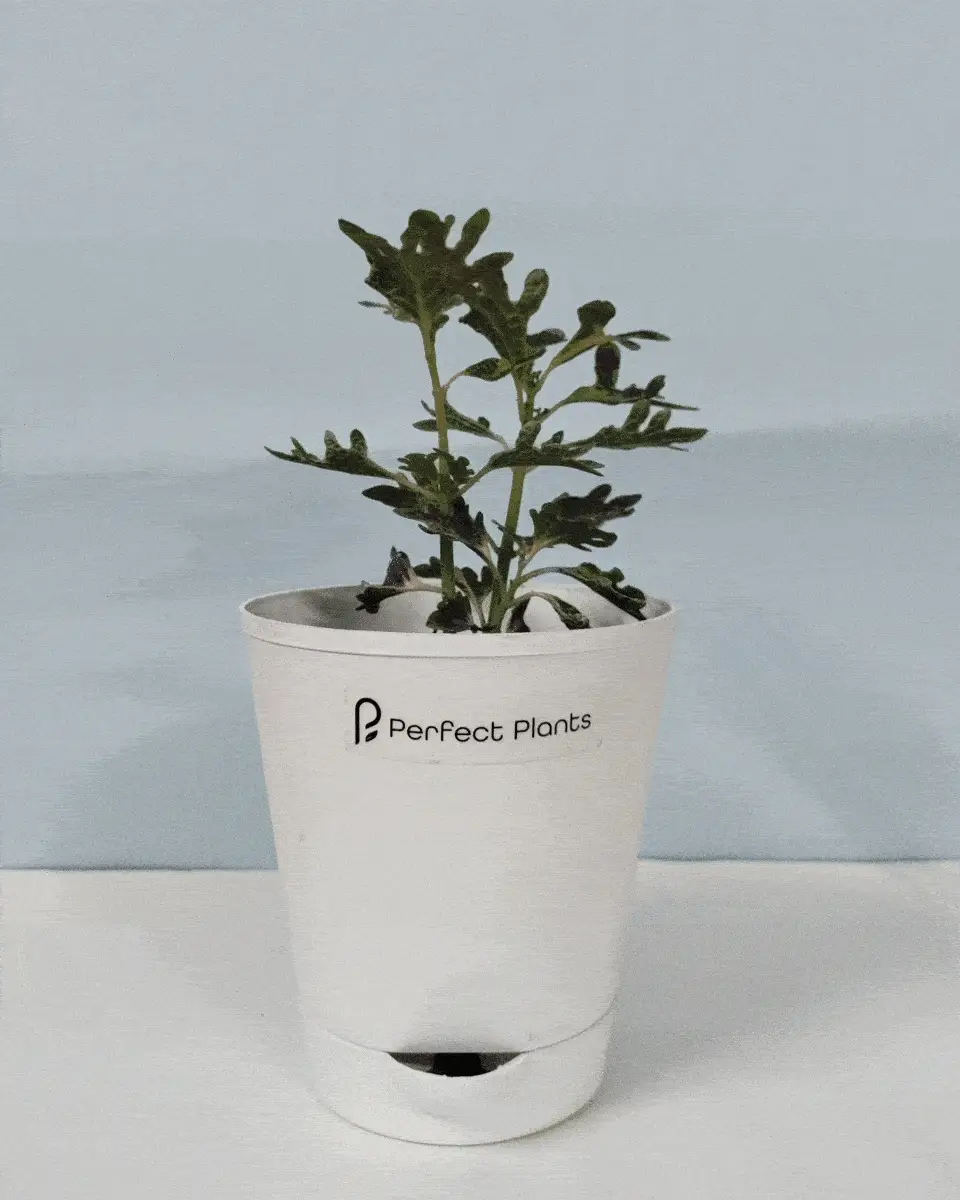


Peperomia Caperata (Rare Plants)
Normally: $49.99
The Perfect Indoor Plants for New Zealand Homes



The Peperomia Caperata, known for its unique ripple leaves and variety of colors like Emerald, Red, and Silver, is a popular choice for
indoor gardening enthusiasts in New Zealand due to its low maintenance and striking appearance. Here's how to care for this beautiful
plant.
Light Requirements: Peperomia Caperata thrives in medium to bright indirect light, avoiding direct sunlight to prevent leaf scorching. They can grow under indoor grow lights, making them suitable for office environments or darker areas like bedrooms and north-facing rooms.
Soil and Potting: Opt for a well-draining, rich, and aerated potting mix. A blend containing peat moss, horticultural sand, and perlite is ideal. The plant's epiphytic nature requires soil that retains some moisture while allowing excess water to drain. Ensure pots have adequate drainage and the mix dries out relatively fast between waterings.
Watering: Water your Ripple Peperomia when the top layer of soil dries out, reducing frequency in winter. The plant tolerates drought but does not like to sit in wet soil. Overwatering and soggy conditions are common pitfalls to avoid.
Temperature and Humidity: This tropical plant enjoys average room temperatures between 60°-80°F (15.5°-26.7°C) and can thrive with relatively high humidity levels. However, it is adaptable to average home humidity levels. Protect it from cold drafts and abrupt temperature changes.
Fertilization: Fertilize monthly during spring and summer with a balanced succulent fertilizer, diluted to half strength, to support growth without overwhelming the plant. Avoid over-fertilizing as this can harm the plant.
Pruning and Maintenance: Peperomia Caperata requires minimal pruning. Remove any leggy stems or decayed foliage to maintain its bushy appearance. This encourages a fuller growth and maintains the plant’s compact shape.
Propagation: Propagate through stem or leaf cuttings. This plant roots easily in a well-draining potting mix, making propagation straightforward and rewarding. Propagation is best done in spring or early summer.
Common Issues: Watch out for pests like mealybugs and gnats, and avoid overwatering to prevent root rot. If the leaves start to droop or discolor, reassess your watering schedule and check for pests.
By following these care guidelines, your Peperomia Caperata will continue to flourish, adding a unique texture and color to your indoor garden in New Zealand. Ideal for those seeking low-maintenance yet visually stunning plants, Peperomia Caperata makes a perfect gift or addition to any plant collection.

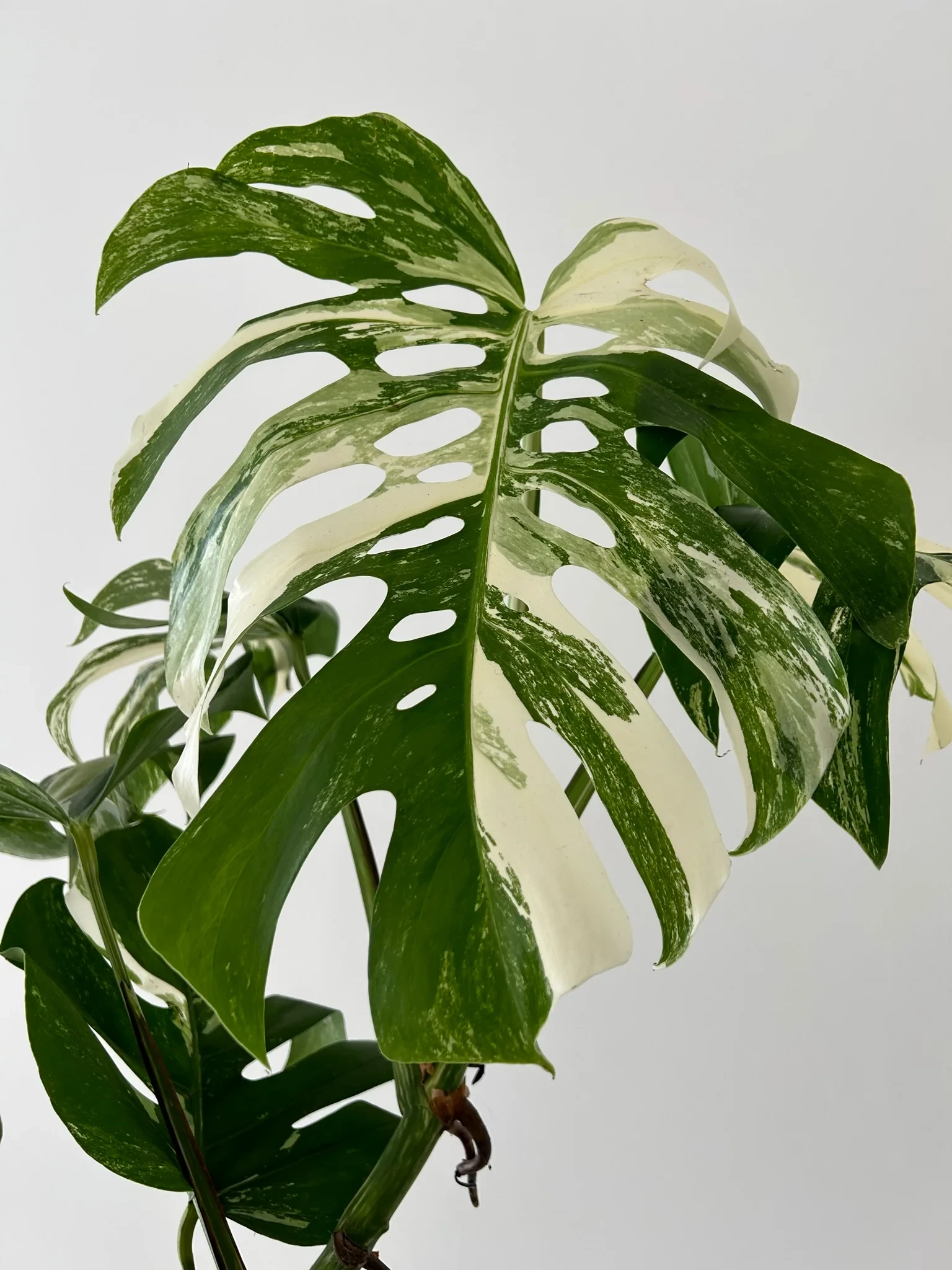


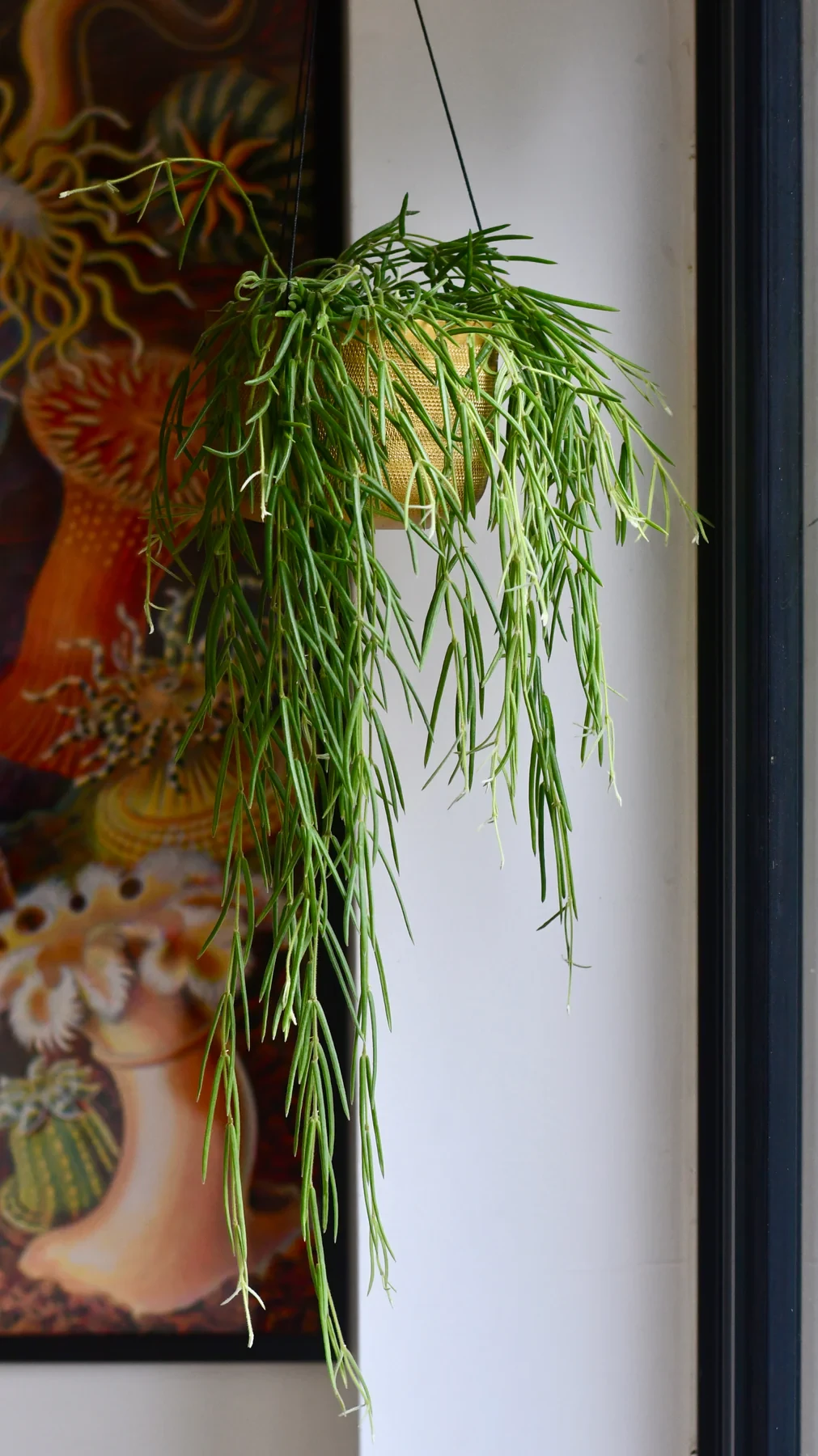
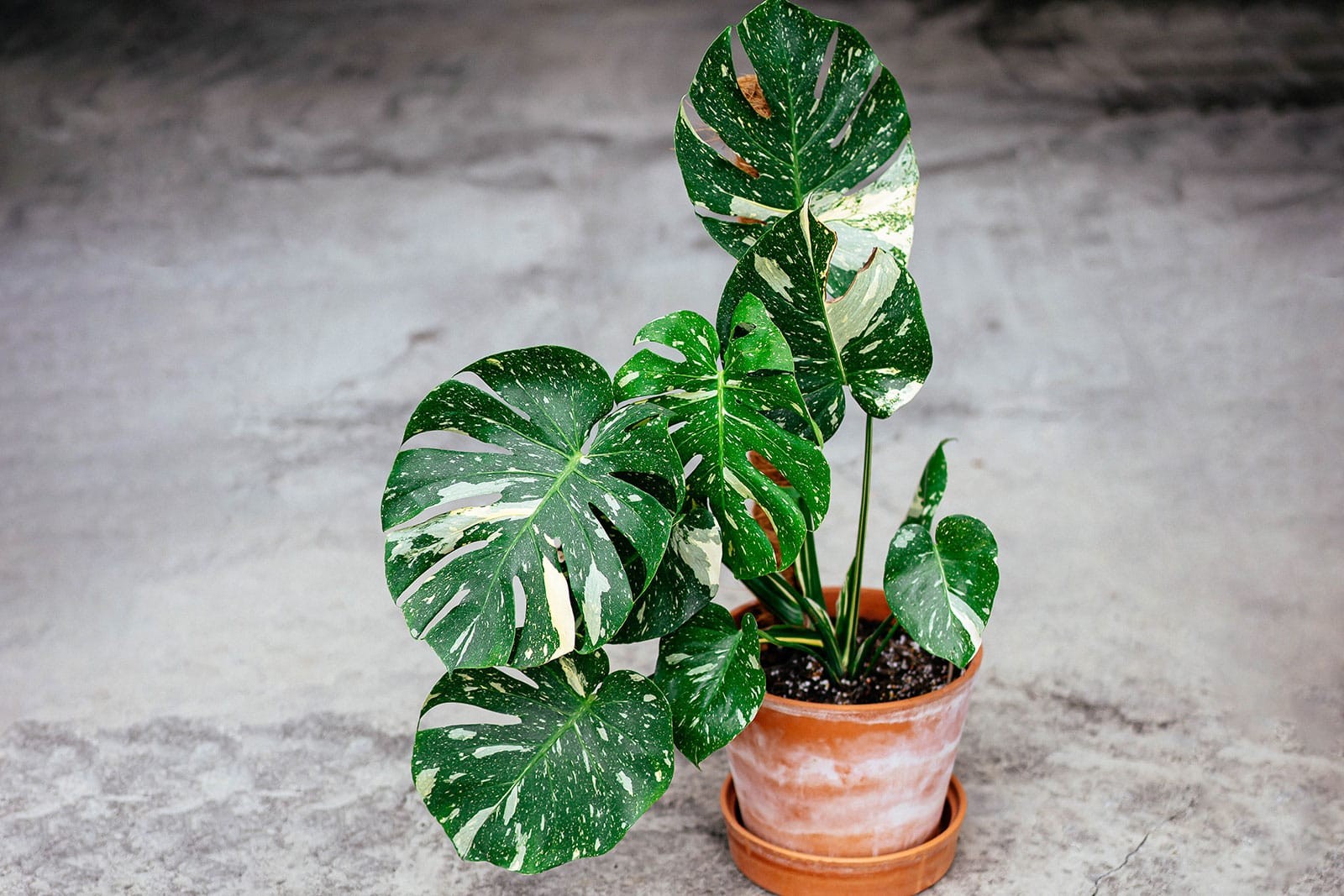
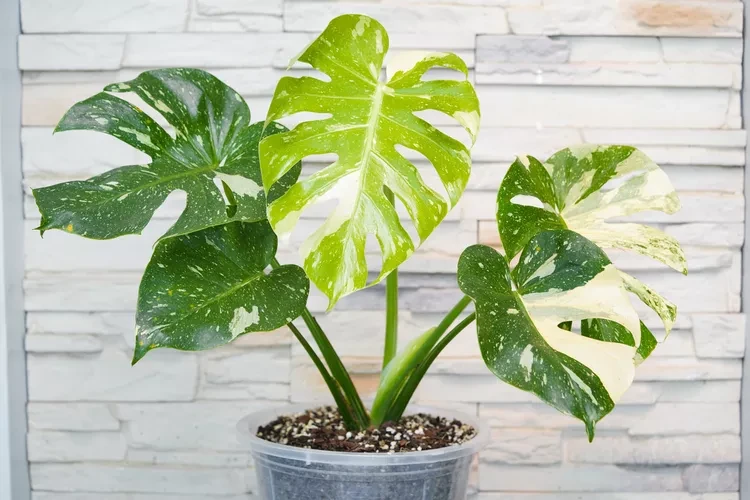

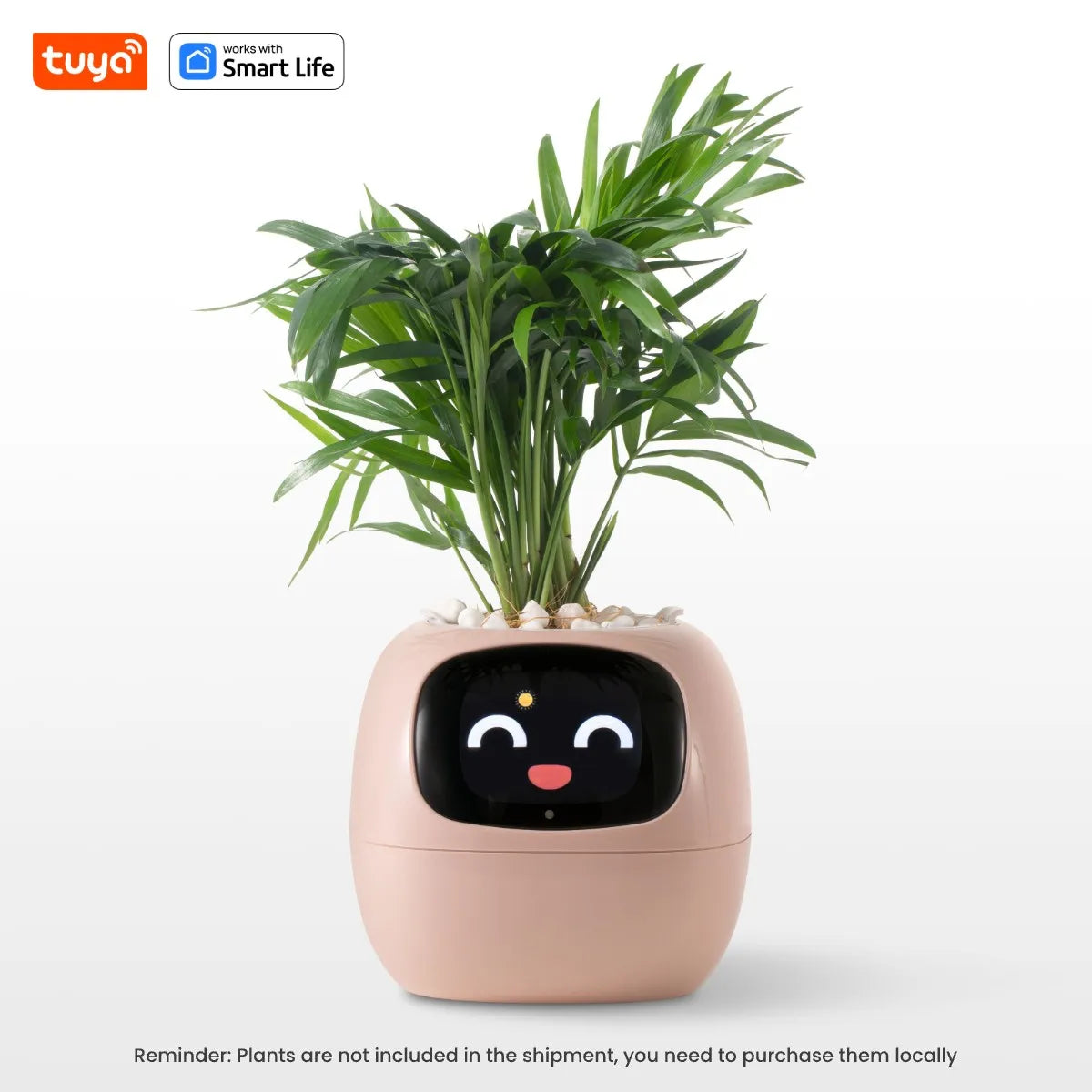

.jpeg)
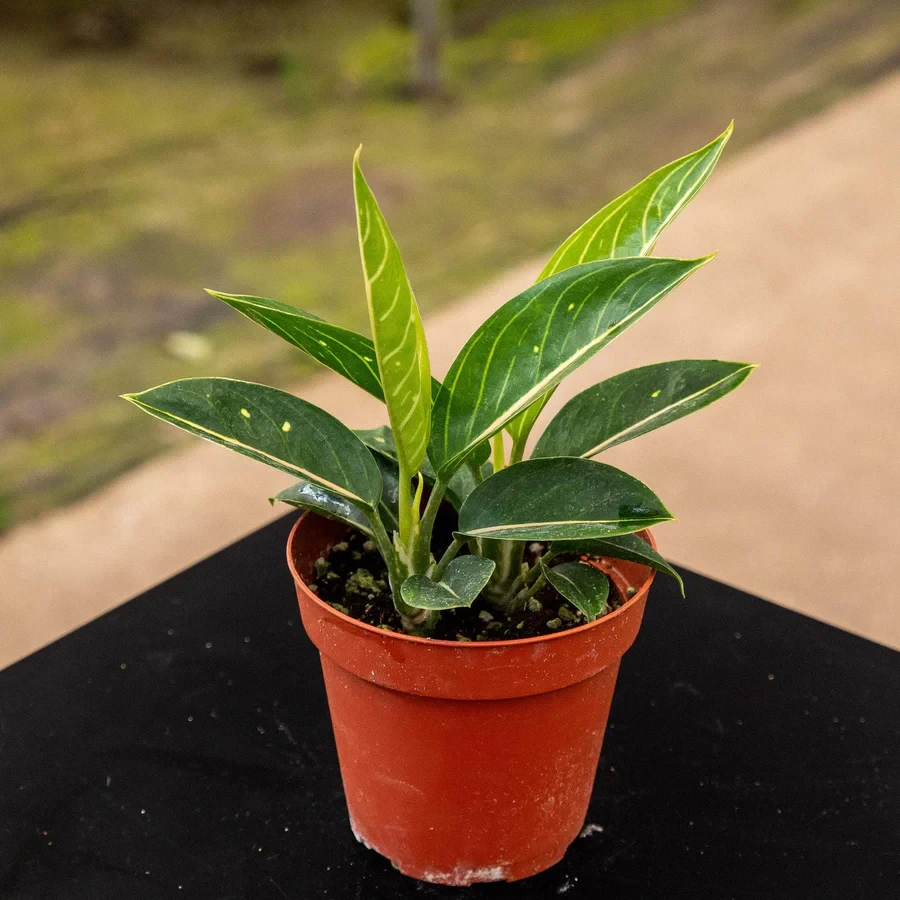
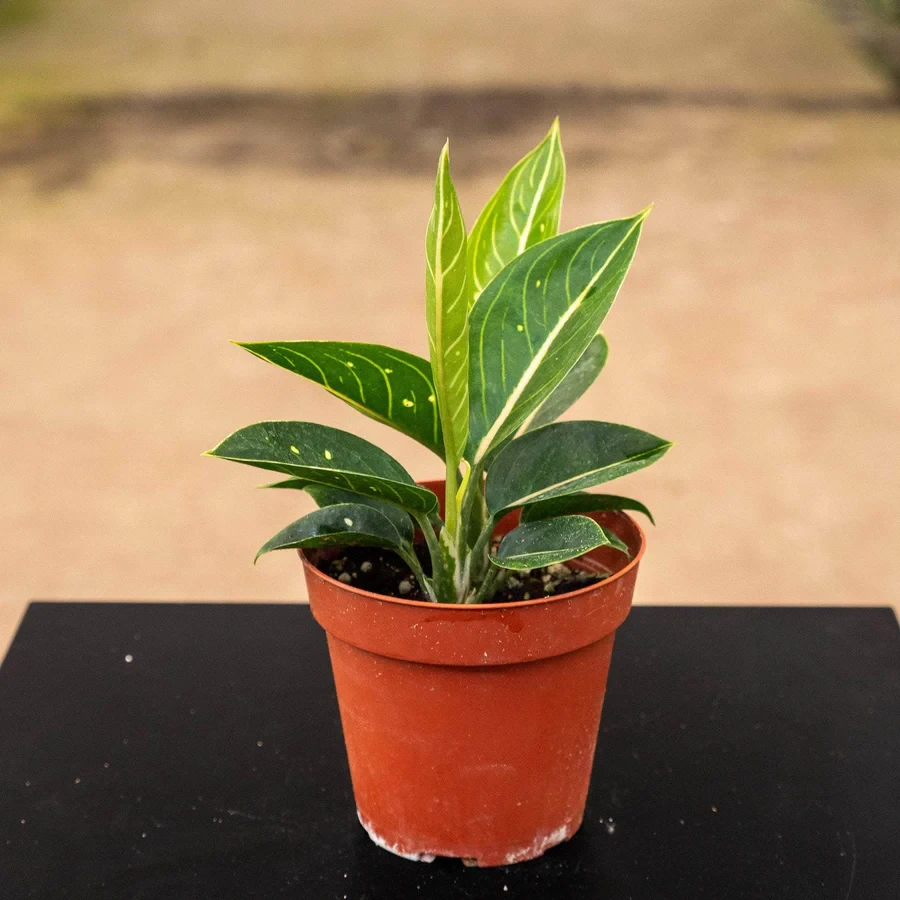
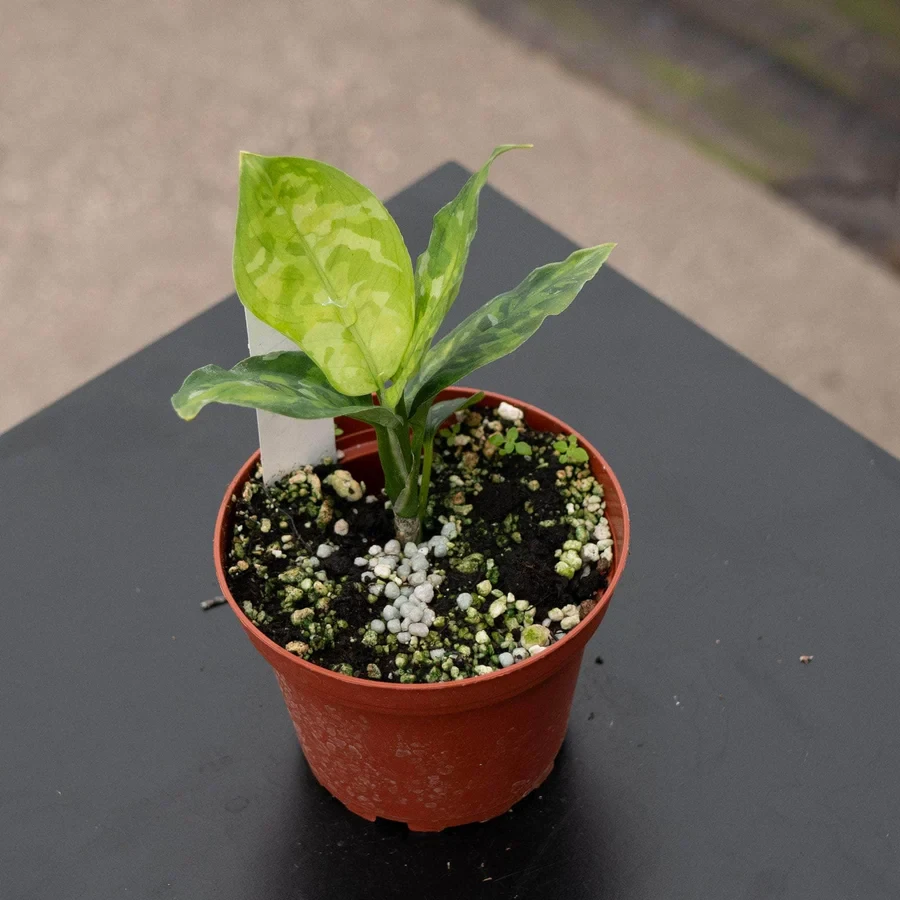
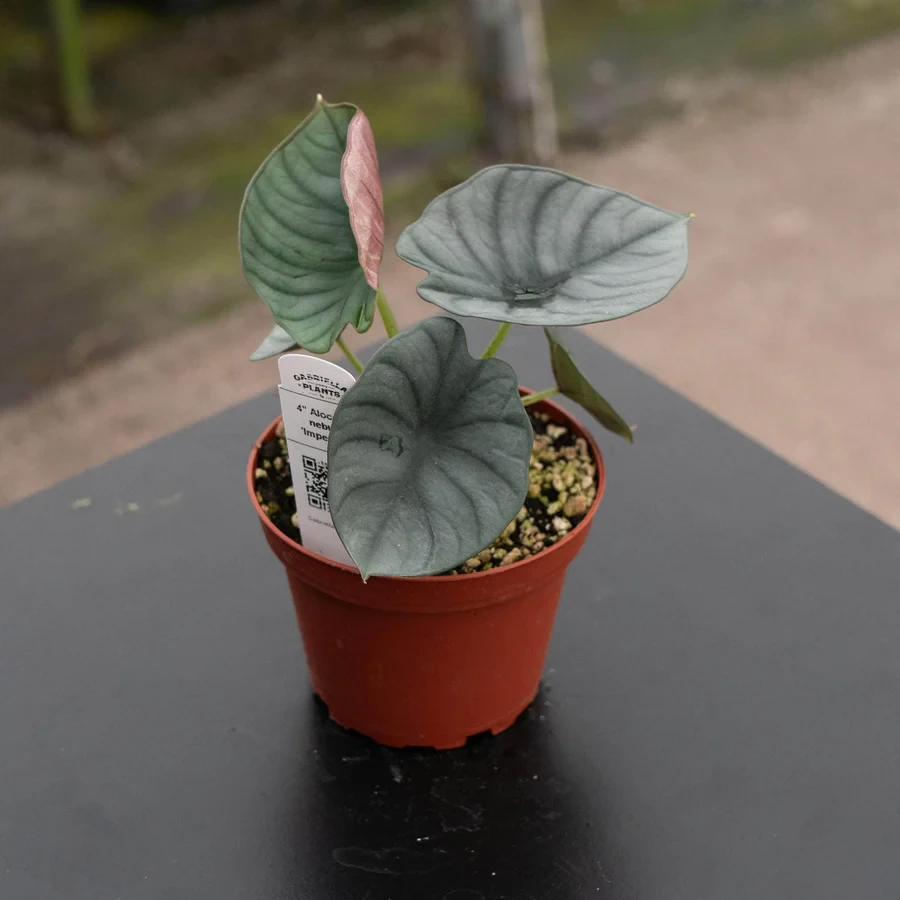









.jpg)









































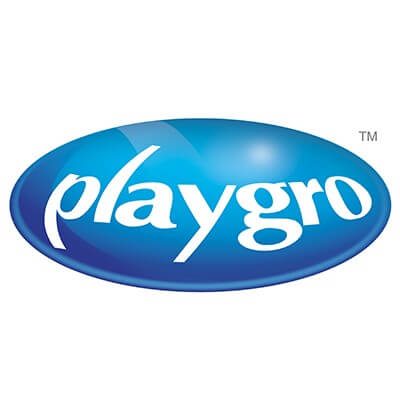






ulva-Logo.jpg)
